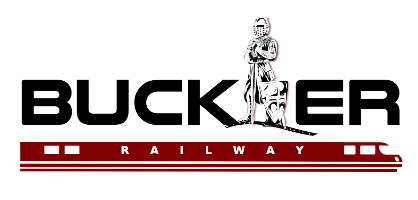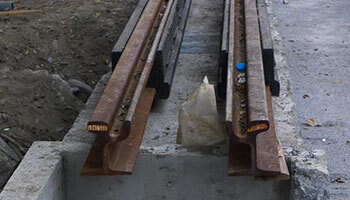Laying Process of Tram Rails
In the construction of tram rails, a large number of high-speed rail and subway track construction technology are used for reference, which represents the development direction of urban rail transit in the future.
The laying process of tram rails is basically the same as that of standard rails.
1. Laying concrete support layer
The tram rail needs to be laid on the supporting layer of concrete pouring. In the process of tram rail construction, filling material is used to fill the rail bottom, which has the functions of leveling layer and vibration reduction and noise reduction.
2. Connection between tram rail and tram rail fasteners
The fixing of the tram rail also requires the connection of tram rail fasteners. The tram rail and tram rail fastening system are transported to the assembly site. Depending on the type of tram track, it is equipped with different iron pads, tram rail clips and spikes for fastening.
3. Pavement construction
After the construction of the tram track is completed, the road surface should be constructed according to the design. For tramway track pavement, there are a variety of forms to choose from, such as asphalt, concrete, grass, etc.
Classification of Tram Rails
Tram rails can be divided into three categories according to different application scenarios, namely grooved rail, block rails and vignole rail. The tram tracks are manufactured in accordance with BS standards. The length of tramway track can reach 18 meters, and the length of vignole rail can reach 90 meters.
Grooved rail
As a typical tram rail, grooved rails are most widely used in urban traffic lines. Most trams are not closed systems and need to share the road with other vehicles in the city. Therefore, in order to facilitate other vehicles to travel, the rail surface of the tram rails needs to be at a horizontal angle to the road surface. In addition to the rail surface that supports the wheels, the grooved rails also have guard rails on the sides to reduce the risk of the wheels running out of the track.
Block rail
Another type of tram rails is the block rails. The block rails evolved from grooved rails. The design of the block rail eliminates the rail waist part, so that the rail head is directly connected to the foot. This structure reduces the height of the tram rail, and at the same time, the total weight of the tram rail and the construction cost are also reduced.
Vignole rail
The shape of the vignole rail is similar to the standard steel rail, including the rail head, rail waist and foot. The vignole rail is suitable for the part of the tramway lines where the tramway track does not need to be embedded in the ground.



